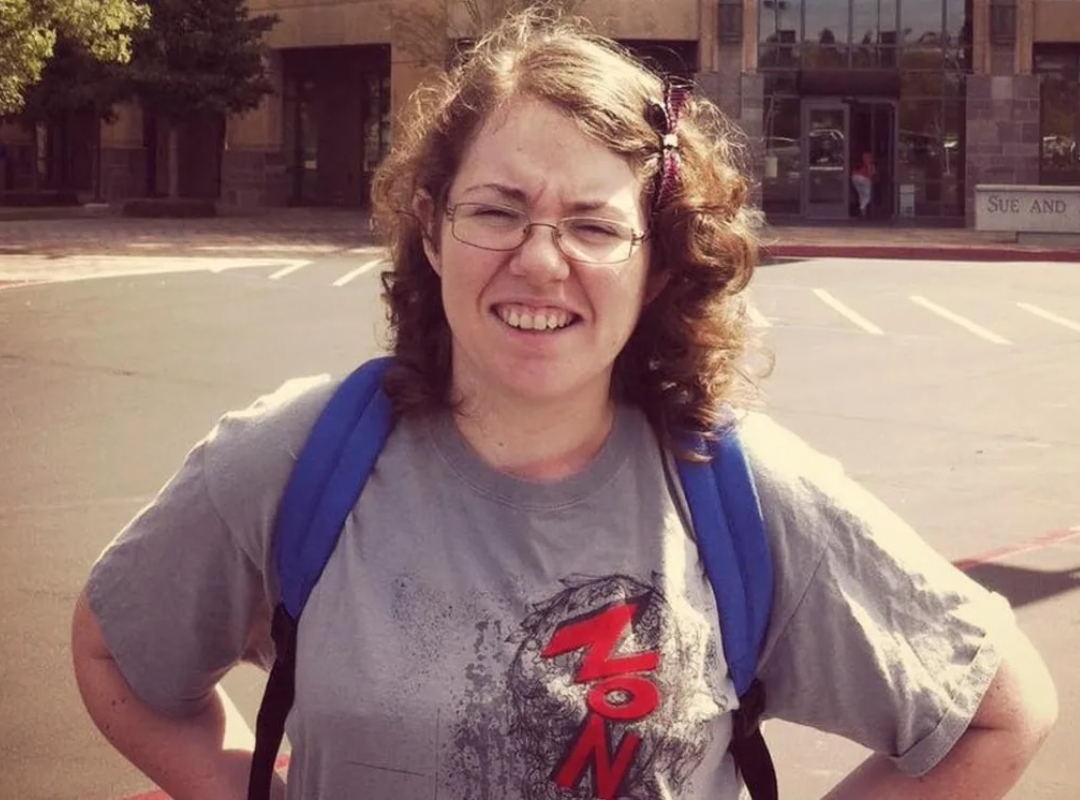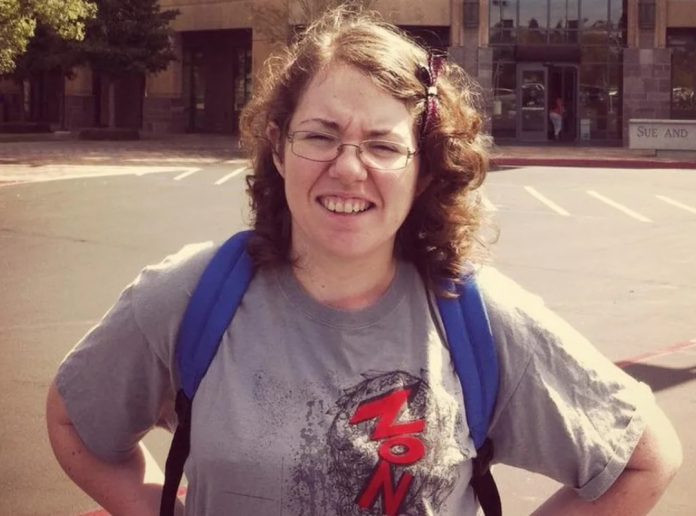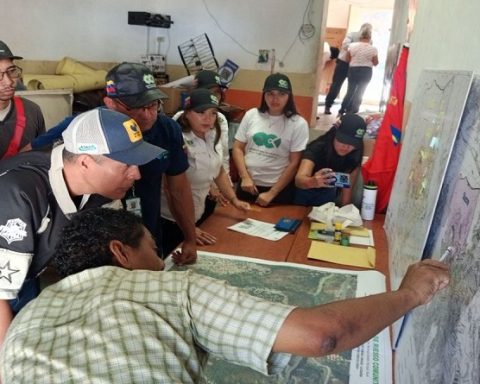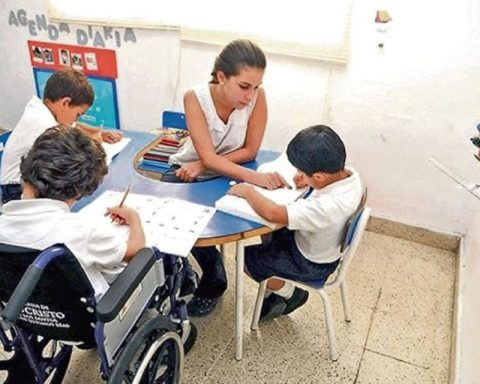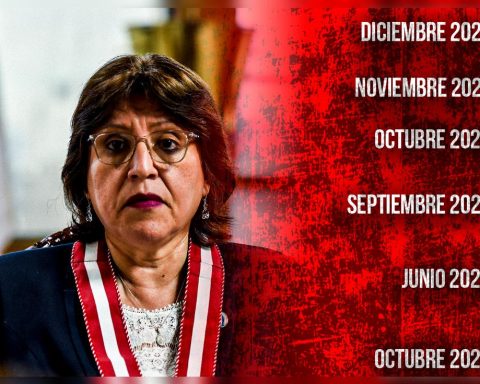According to studies, adults would not have to remember aspects of their lives until they were four years old. However, fewer than 100 people in the world have a rare condition that allows them to remember their entire lives with absolute precision, like rewinding a movie. This is called hyperthymesia.
Hyperthymesia: a vastly superior autobiographical memory
Hyperthymesia or “very superior autobiographical memory” is a neurological disorder that allows those who have it to remember all the things they experienced from, even days after birth. This is the case of Rebecca Sharrock, a 31-year-old Australian woman who remembers the first photo that was taken of her, 12 days after her birth.
”My parents took me to the driver’s seat of the car and placed me on it for a photo. When I was a newborn girl, I was curious to know what the seat and steering wheel cover was on me. Although at that age I had not yet developed the ability to want to get up and explore what could be such curious objects, ”Sharrock recalled in his blog.
Few people in the world
There are only 60 people who have been identified with this condition so far, but the reason why it is generated is still not entirely clear. What the research carried out suggests is that there is an increase in the size of the temporal lobe -which helps to process memory-, as well as in the caudate nucleus -which helps to learn-.
And while some may want to remember every part of her life, Sharrock, who also has autism, says it’s not all smooth sailing for her. Being able to relive the stories so accurately can cause not only headaches, as is the case with Sharrock, but also difficulty letting go of traumatic experiences or a repetitive disconnection from the current world due to being locked in memories.
In addition, there is great difficulty in processing emotions. When they go back to a moment, the memory is so precise that even the emotions are felt again, which affects the mental health of those who suffer from this disorder. “If I remember something that happened to me when I was three years old, my emotions are the same as they were when I was three years old, even though my mind and consciousness are those of an adult,” Sharrock said.
This is how he discovered his disorder
Now, how did Sharrock find out about his diagnosis? During his childhood, many of these vivid memories could be understood as a child’s imagination or even his own inventions.
However, when she was 23 years old, she read a newspaper where she came across an article about the impossibility of people to remember personal events before the age of four, to which she thought “what absolute nonsense”, since she had thousands of previous memories. at that age.
Sharrock has participated in several memory investigations, which are aimed at understanding a little more about his hyperthymesia. However, she is very interested in discovering what is really going on with our memories and why they are so easy for some to forget.
His reflections in a blog about hyperthymesia
In his blog he wrote reflections on whether memory-related diseases, such as dementia or Alzheimer’s, could also involve the recovery of distant memories that previously seemed forgotten. With this in mind, he wrote the following anecdote: “On a visit to a nursing home we met a woman who had reached a stage of complete insanity, but was waving her arms and kept saying that she was feeding someone. the pigeons with his grandmother, who in fact did it in his childhood”.
There are so many unanswered questions about this disease, and about memory in general, Sharrock herself is something of a mystery to doctors. However, the issues surrounding not only her but other memory-altering conditions are under continuous investigation.
Grupo de Diarios América (GDA), to which El Nacional belongs, is a leading media network founded in 1991 that promotes democratic values, an independent press and freedom of expression in Latin America through quality journalism for our hearings.
